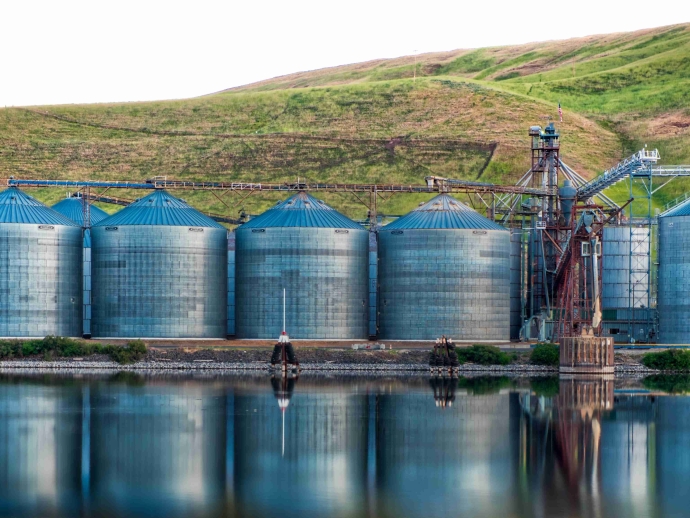The Ultimate Guide to Water Storage Systems for Texas Homes: From Droughts to Emergencies

Living in Texas means facing unpredictable weather conditions, from severe droughts to sudden storms. One of the best ways to prepare for these challenges is by investing in a water storage system. In this guide, we'll explore how you can use these systems to ensure a reliable water supply for your home, even during emergencies.
Why Water Storage Systems Are Essential in Texas
Texas is known for its dry spells and occasional heavy rainfall. A water storage system helps you collect and store rainwater, providing a backup supply during droughts or when municipal water services are disrupted. Here are a few reasons why these systems are crucial:
-
Drought Resilience: During droughts, having a stored water supply ensures you can maintain your garden, wash cars, and even support small livestock without relying on municipal water.
-
Emergency Preparedness: In the event of a natural disaster or water main break, stored water can be used for drinking, cooking, and hygiene.
-
Cost Savings: Using stored rainwater for non-potable purposes like irrigation and toilet flushing can significantly reduce your water bills.
Components of a Water Storage System
A typical water storage system includes:
-
Catchment Area: This is usually your roof, where rainwater is collected.
-
Gutters and Downspouts: These direct rainwater from the roof into the storage tank.
-
Storage Tank: This is where the collected rainwater is stored. Tanks come in various sizes and materials, such as plastic, metal, or concrete.
-
Pumps and Filtration Systems: These are used to distribute and treat the stored water for use.
Choosing the Right Storage Tank
Selecting the right storage tank is crucial for your water storage system. Here are some factors to consider:
-
Size: Calculate your household's water needs based on the number of occupants and daily usage patterns. A general guideline is 50 to 100 gallons per person per day.
-
Material: Ensure the tank is durable and suitable for outdoor conditions. Opaque tanks are recommended to prevent algae growth.
-
Location: Place the tank near both the supply (gutters) and demand points (where you'll use the water) to minimize piping and pumping costs. It should also be accessible for maintenance and potential refilling by a water truck.
Texas Regulations and Considerations
While Texas doesn't have strict regulations on rainwater harvesting, there are some guidelines to follow:
-
Distance from Pollution Sources: Tanks should be at least 50 feet away from potential contamination sources like animal stables or septic fields.
-
Backflow Prevention: If your rainwater system connects to a public water supply, ensure there's a backflow prevention assembly to prevent cross-contamination.
-
Permits: Check with local authorities for any necessary permits, especially for larger tanks or systems connected to public water supplies.
Maintenance and Safety Tips
To keep your water storage system safe and effective:
-
Regular Cleaning: Ensure the tank is covered and vents are screened to prevent mosquito breeding and contamination.
-
Inspections: Regularly inspect gutters, downspouts, and tanks for damage or blockages.
-
Treatment: Consider adding treatment systems if you plan to use the water for potable purposes.
Conclusion
Investing in a water storage system is a smart move for Texas homeowners. Not only does it provide a reliable backup during emergencies, but it also helps reduce your water bills and supports sustainable living. By understanding how these systems work and following local guidelines, you can ensure a steady supply of water for your home, no matter what the weather brings.

